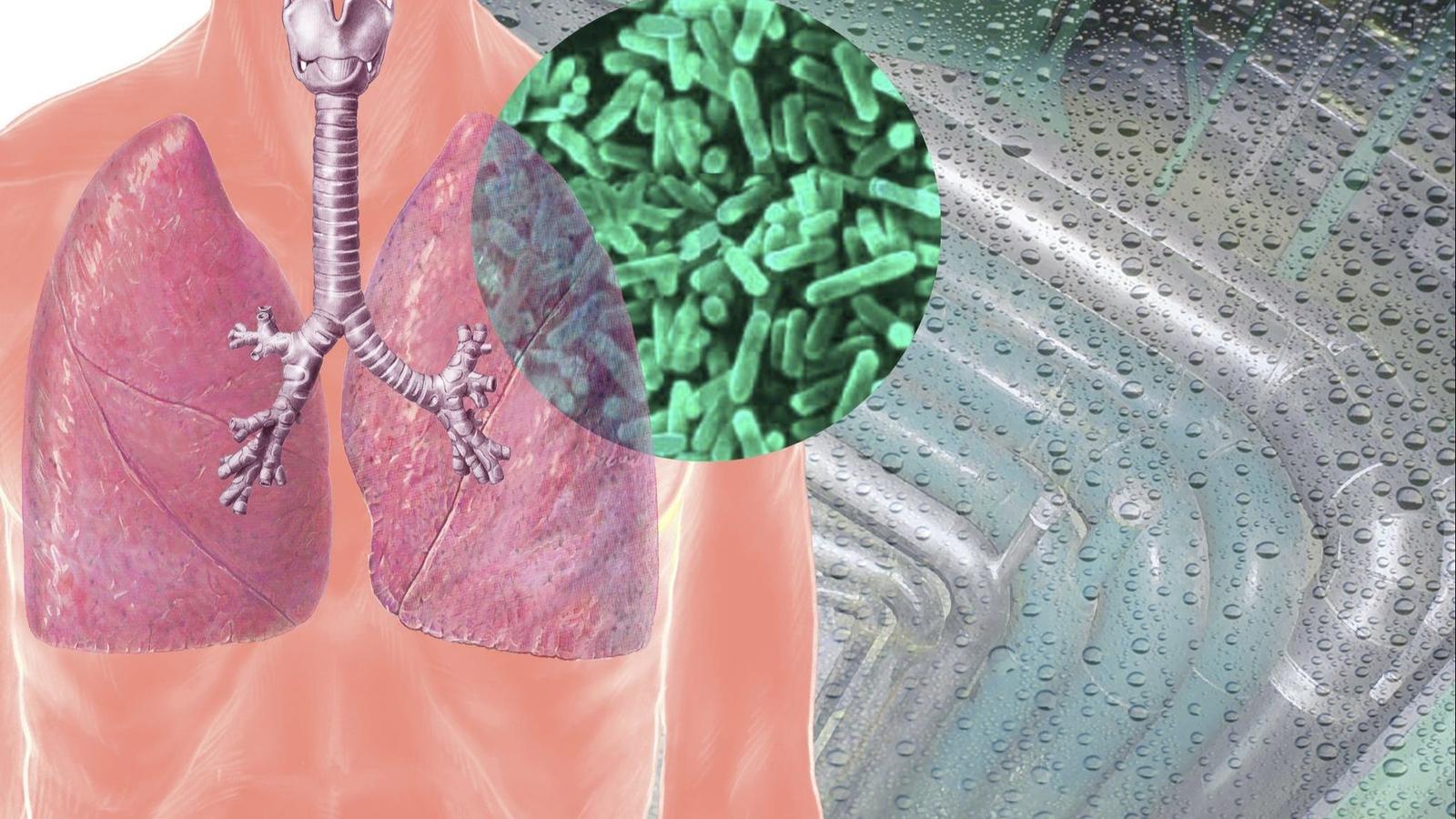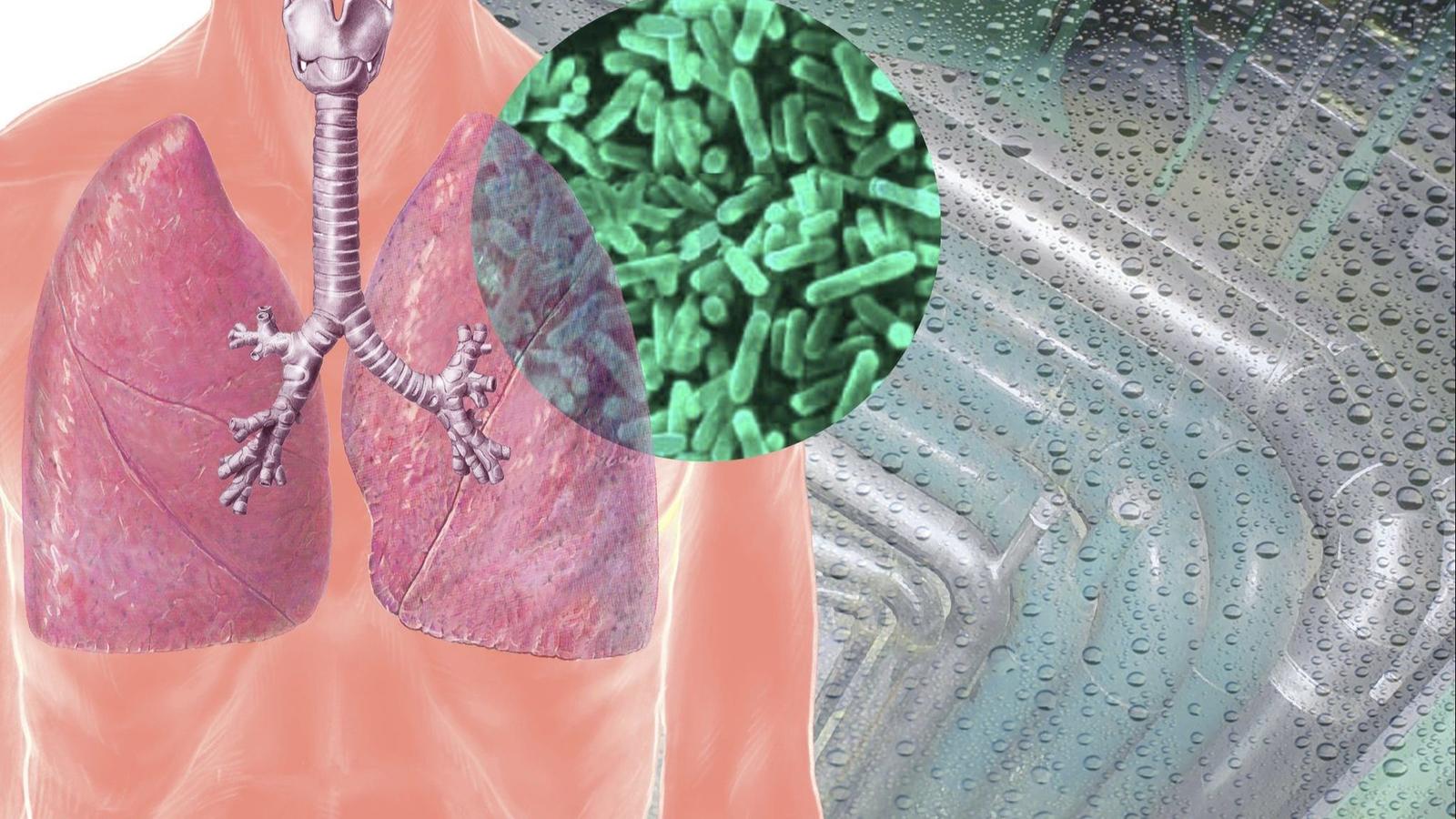How To Do A Legionella Risk Assessment?
Developing a Legionella Risk Assessment is a multi-step process that requires continuous review. Following both the national standards from the CDC...

How Much of a Health and Safety Threat is Legionella?
The Centers for Disease Control and Prevention (CDC) has acknowledged that opportunistic premise plumbing pathogens (OPPPs) such as Legionella are the primary cause of waterborne disease in the United States. About 5,000 cases of Legionnaires’ disease are reported each year in the U.S., according to the CDC.
What is Legionella?
Legionella are naturally occurring bacteria found in freshwater sources, such as rivers and lakes, where the bacteria generally are present in low amounts and do not lead to disease. However, Legionella can multiply to dangerous levels under certain conditions and potentially cause Legionnaires’ disease, or Legionellosis. People contract this disease by inhaling small droplets of the contaminated water through mist or vapor.
When Was Legionella Discovered?
Legionella was discovered in 1976 in the building water supply system at a hotel in Philadelphia during a meeting of the U.S. Bicentennial Convention of the American Legion. By the end of the convention, more than 200 people had contracted the bacteria, which resulted in what would be called Legionnaires’ disease.

Who Can Be Affected By Legionella and Legionnaires' disease?
Legionnaires’ disease is caused by infection with Legionella bacteria. Individuals who have an underlying illness or weakened immune system are most susceptible to Legionella infections. The elderly, those with chronic lung disease, smokers, and those with suppressed or compromised immune systems are most at risk for contracting the disease. However, relatively healthy individuals can be at risk of contracting the disease as well.
How Can Water Supply Systems Become Contaminated with Legionella?
Legionella contamination can occur when water supply systems are improperly maintained, leading to an environment that feeds Legionella growth. Recent research by Dr. Marc Edwards, a professor of civil engineering at Virginia Tech, has shown that OPPPs like Legionella are more likely to grow when water aging problems occur in water pipes leading to the tap. This finding provides an alert at a time when lower flow rates and alternative kinds of water supply systems that keep water in pipes longer are being considered as solutions to water shortages. Edwards, a nationally prominent voice in leading the response to the water crisis in Flint, Mich., continues conducting research on water quality in water supply systems with water age issues.
Where Can Legionella Grow and Be Transmitted?
Parts of a water system with insufficient circulation or lukewarm temperature can provide the ideal environment for Legionella growth. Any source that generates aerosol or a fine mist of water has the potential to transmit Legionella. Large complex plumbing systems are most often associated with Legionnaires’ disease outbreaks.
How Can Legionella Be Prevented?
One of the best ways to reduce the risk of Legionella growth and spread is to design, implement and regularly update an overall water safety plan for an entire water supply system, taking into account any potential hazardous conditions for a particular system and including industry best practices for prevention. The foundation of this plan is an engineering audit of the water system.
Is There A Connection Between Older Water Infrastructure and Legionella?
Older water infrastructure can be more vulnerable to contamination through leaks and breaks. When a leak or break occurs, it increases the possibility of OPPPs like Legionella entering the infrastructure, forming in biofilms, and then being released into the water supply. More detail and more information can be found in the full document: safeplumbing.org/health-safety/legionella-and-water-supply-systems
So does your facility need a Legionella Risk Assessment?
YES!
The key to preventing Legionnaires’ disease is to prevent Legionella growth in water supply systems. Legionella can colonize in water lines and building plumbing systems, contaminating water supplies after the water has been centrally treated at a public water facility.
One of the best ways to reduce the risk of Legionella growth and spread is to design, implement and regularly update a Legionella Risk Assessment & Water Management Program, taking into account any potential hazardous conditions for a particular system and including industry best practices for prevention. The foundation of this plan is an engineering audit of the water system.
If you would like more information pertaining to defensible Water Management Plans & Programs contact IWC today by calling 1-877-IWC-PLAN or visiting us online HERE.

Developing a Legionella Risk Assessment is a multi-step process that requires continuous review. Following both the national standards from the CDC...

There are various factors that go into the completion of a proper Legionella Risk Assessment. Legionella Risk Assessments (also referred to as...

2020 Is Bringing New Legionella Regulations and Sure to Be Another Very Active & Publicized Year for Outbreaks! ARE YOU PREPARED? Ask Yourself Four...